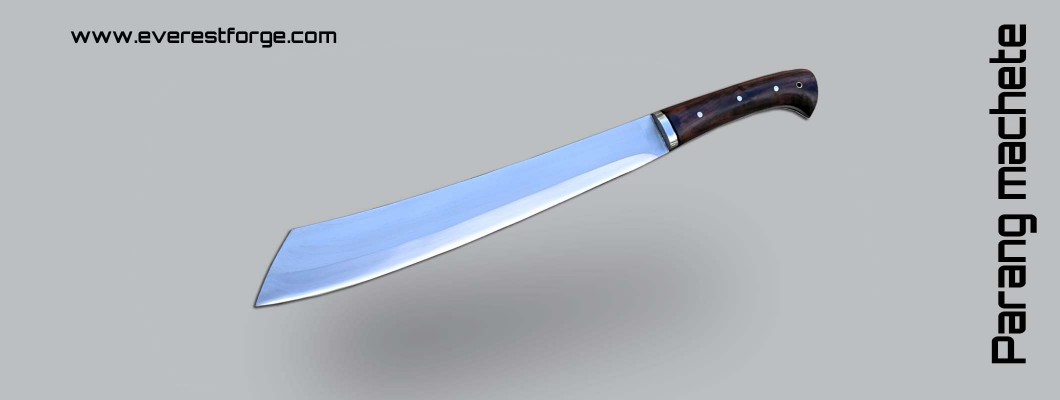
Parang Machete: The Jungle Blade with a History of Survival
_NAM._2003-04-110-1.png)
In the vast world of traditional blades, the Parang Machete stands as a symbol of raw utility and enduring legacy. Forged for the jungle and born from centuries of use, this heavy-duty machete has served farmers, warriors, and forest dwellers alike. With its powerful curved edge and time-tested design, the parang isn’t just a cutting tool — it’s a piece of history you can hold in your hand.
A Blade Forged by Culture and Necessity
The Parang (also spelled “Pérang”) has deep roots in Southeast Asia, particularly in Malaysia, Indonesia, and Borneo. Historically used by indigenous communities, including the Iban, Dayak, and Malay people, the parang was more than a bush tool — it was a survival weapon, a farming implement, and even a symbol of social status.
These communities lived in dense tropical forests where everyday life required tools that could clear paths, chop wood, build homes, and even provide defense. The parang, with its forward-curving blade, became an essential part of daily life — passed down from generation to generation, often crafted by hand for individual users.
The Evolution of the Parang
While the traditional design of the parang has remained remarkably consistent, modern makers have adapted its build with stronger steels and improved ergonomics. Historically, parangs were made using locally available iron or steel, sometimes recycled from broken tools.
Today, smiths at Everest Forge continue the tradition using 5160 high carbon steel from leaf springs — the same steel once used in rugged trucks, now repurposed into a blade ready for battle with the wild. The essence remains the same: a curved, weighted machete designed to be both a chopper and a slicer, ideal for dense jungle terrain.
Why Choose a Parang?
- Deep Cultural Legacy: Every parang carries the story of Southeast Asian ingenuity and resilience.
- Powerful Chopping Force: The forward-heavy blade acts almost like an axe, making light work of thick vegetation and wood.
- Versatile and Balanced: Designed to handle heavy-duty tasks like wood chopping, shelter building, and even food preparation.
- Field-Tested Shape: The curved edge glides through fibrous material with less effort and strain.
- Proven Design: Used for centuries across the jungles of Southeast Asia — not reinvented, just perfected.
How Our Parang Machetes Are Made
At Everest Forge, our parang machetes are hand-forged by master blacksmiths in Nepal — a country with its own centuries-old blade-making traditions. We combine traditional forging methods with modern material strength:
- Blade Material: 5160 spring steel (from truck suspension leaf springs)
- Hardening Process: Water tempered for optimal hardness and flexibility
- Edge Finish: Sharpened to a working edge, ready to chop, slice, and endure
- Tang Design: Full tang construction for maximum durability and safety
- Handle: Crafted from premium rosewood, secured with pins for long-lasting grip
- Sheath: Comes with a handcrafted leather scabbard for safe carry and storage
Ideal Uses for the Parang
Whether you’re exploring deep woods or preparing firewood in your backyard, the parang is built to perform:
- Jungle clearing and trail cutting
- Chopping wood or bamboo
- Shelter building and bushcraft
- Agricultural and gardening tasks
- Hunting, camping, or survival use
Its curved edge and momentum-driven swing make it perfect for cutting through tough vegetation, and its weight gives it enough bite to replace your hatchet in most situations.
Preserving Tradition, Forged for Today
The parang machete isn't just a tool — it's a legacy. Owning one connects you to the cultural history of Southeast Asia and to the enduring practice of blacksmithing. By choosing a hand-forged parang from Everest Forge, you're not only investing in a functional tool, but you're also supporting traditional craftsmanship that’s at risk of fading away.
The Blade That’s Built to Last Generations: Whether you’re a collector, a bushcraft enthusiast, or someone who values real working blades, the Parang Machete offers unmatched reliability and cultural depth. It’s a tool designed by nature’s demands and refined by human hands — a jungle blade with the soul of a warrior.



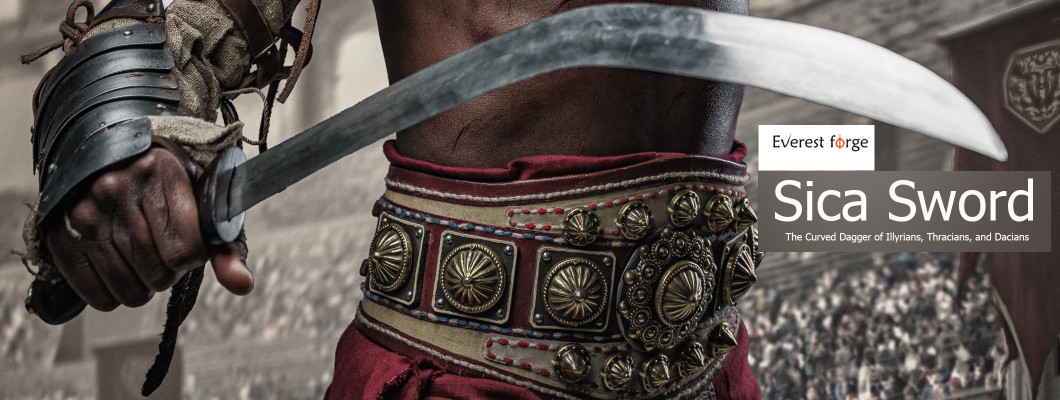

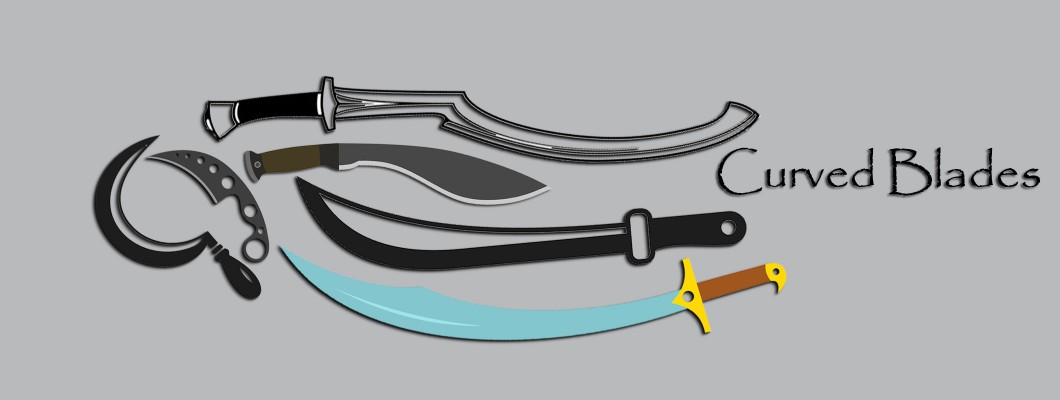
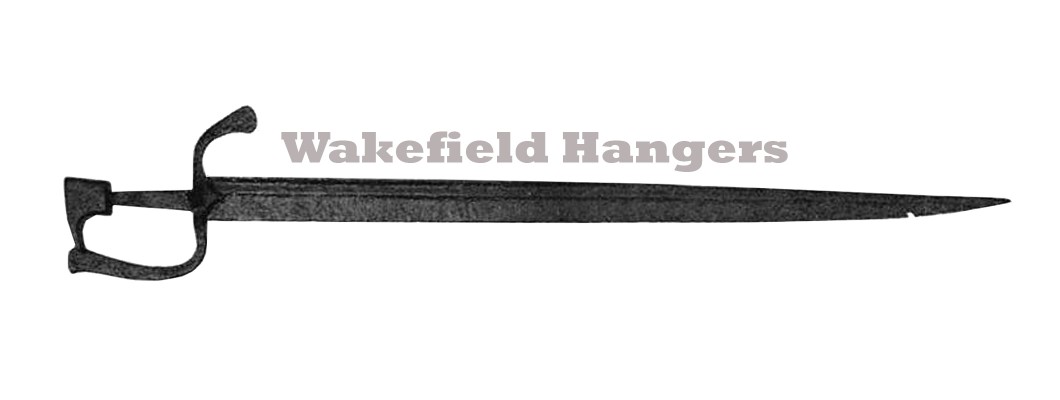

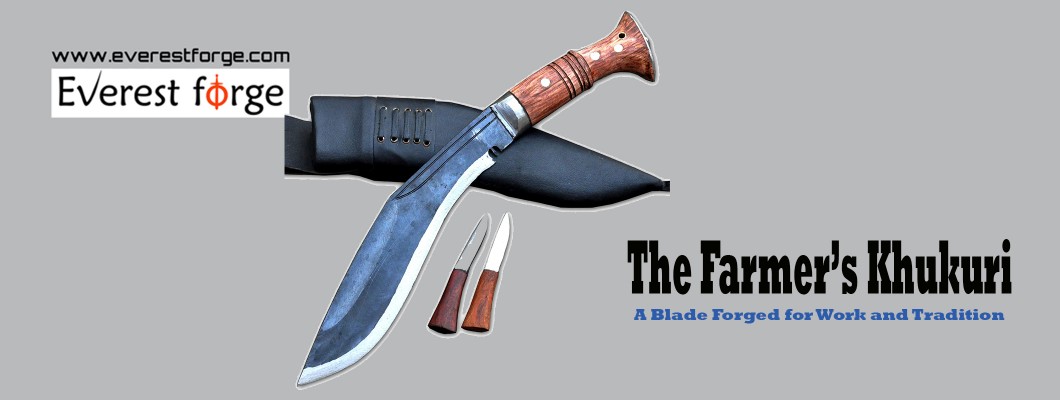
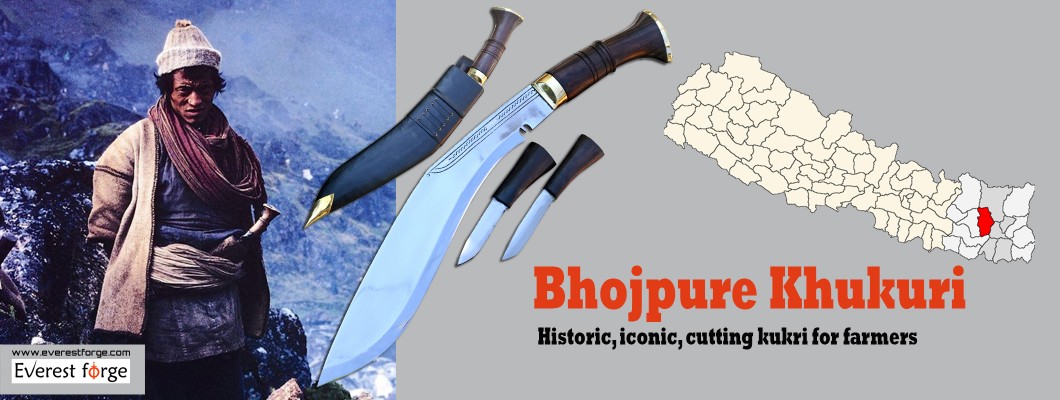
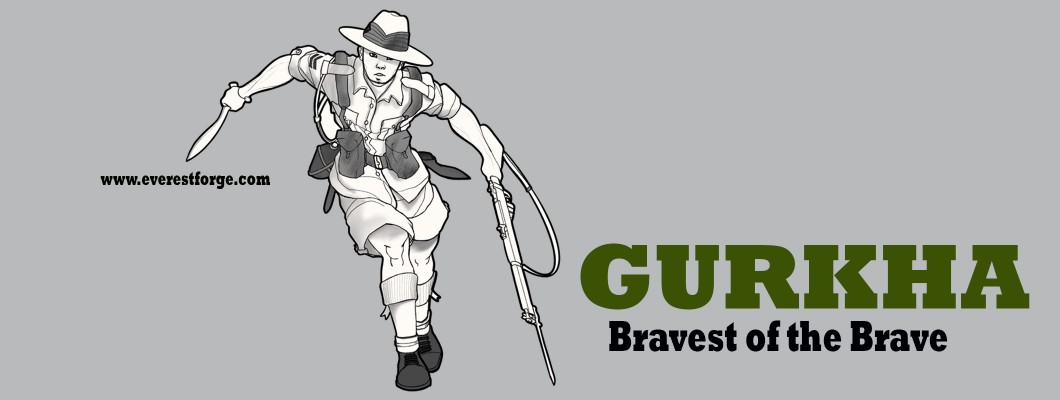
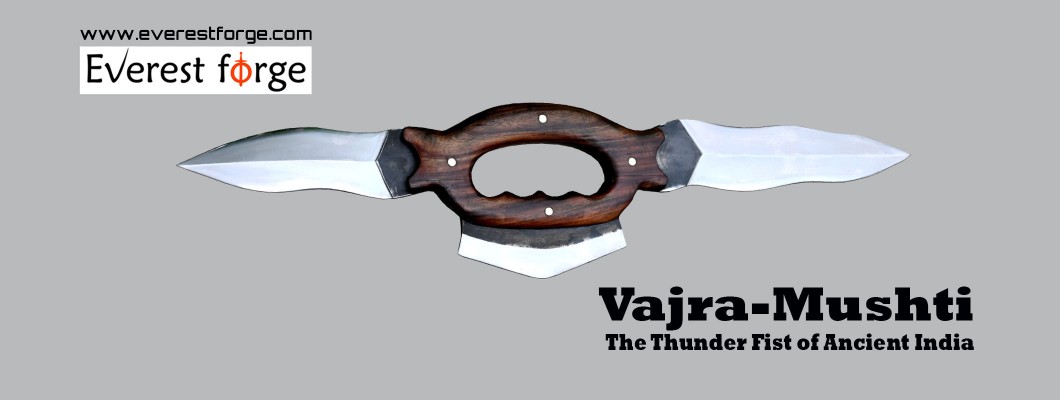
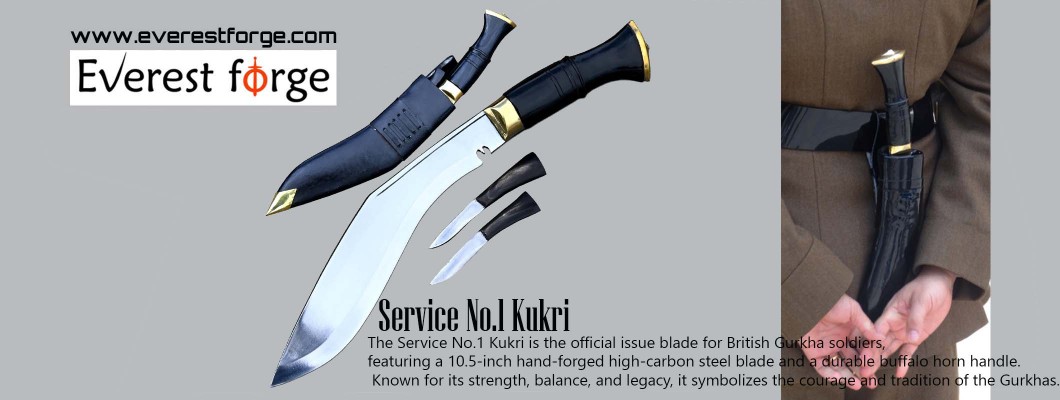
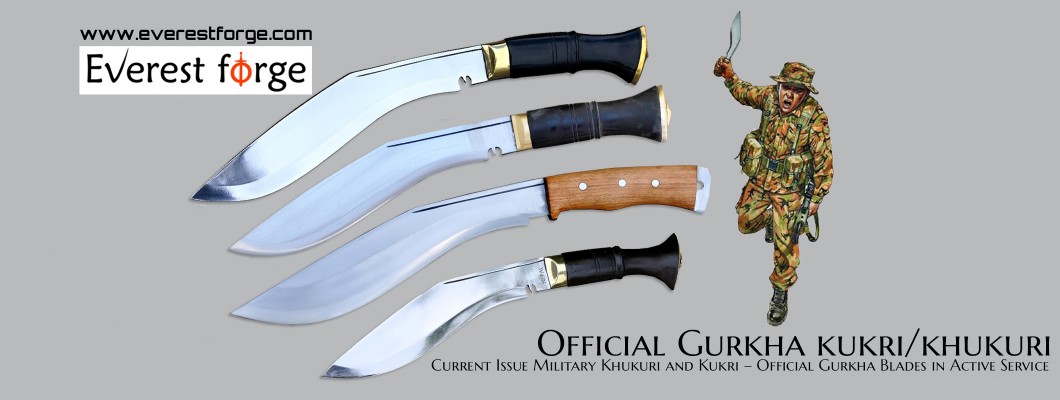
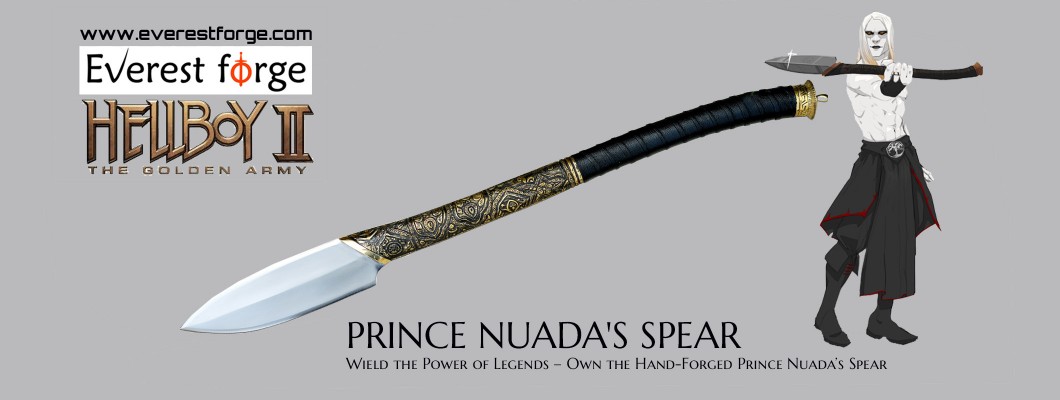

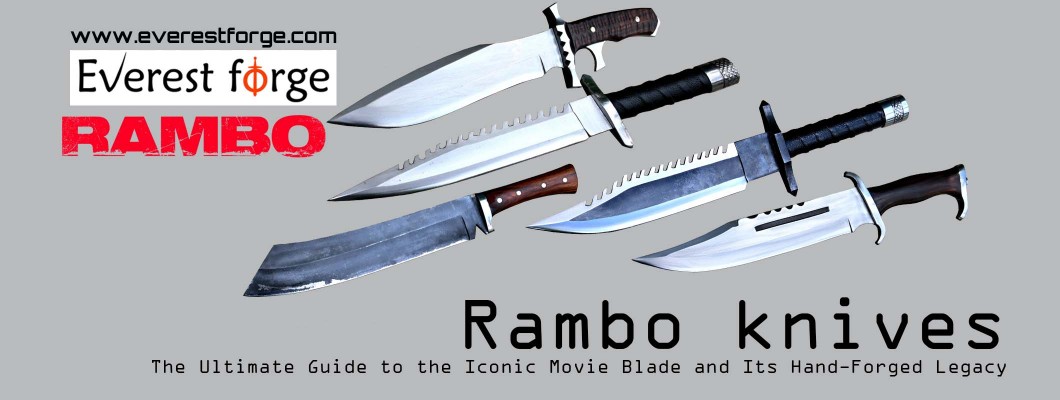





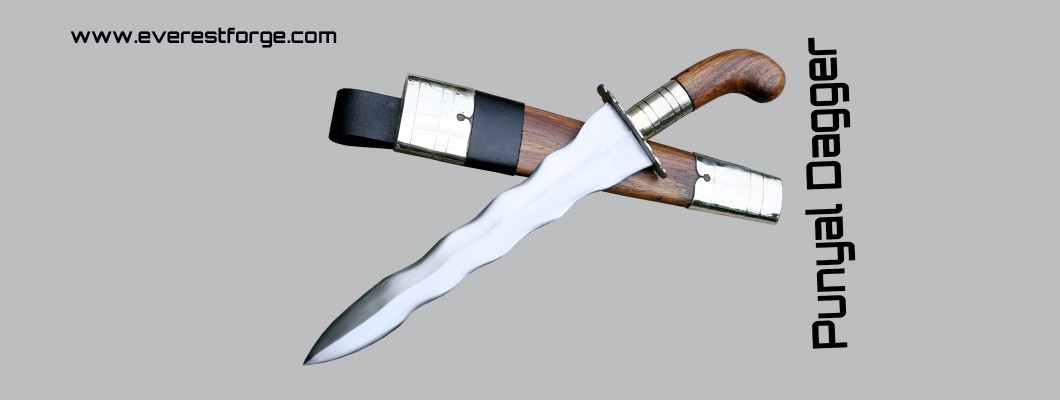
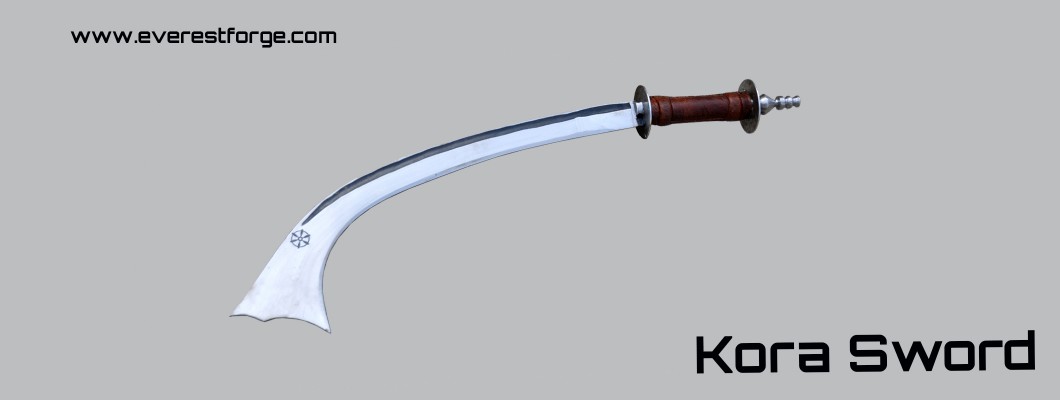
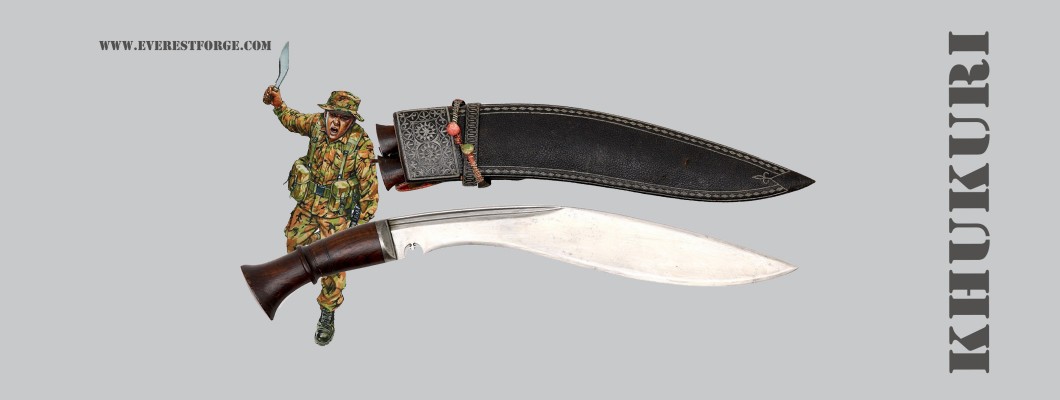
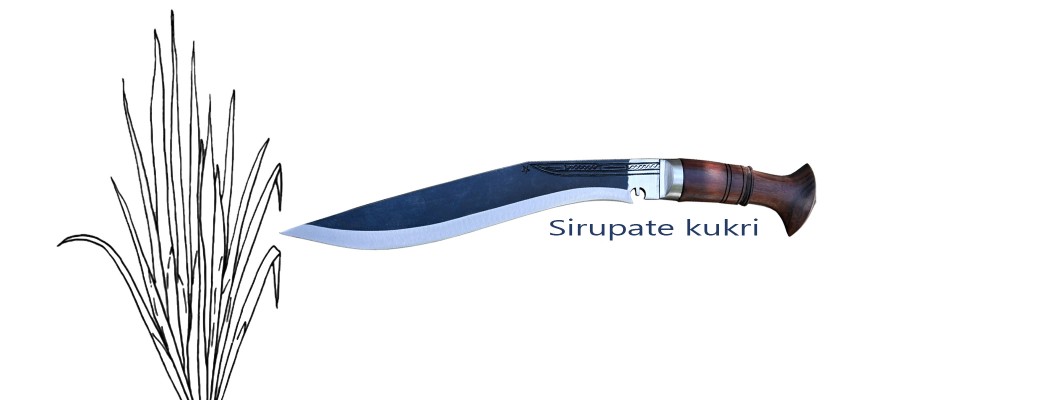
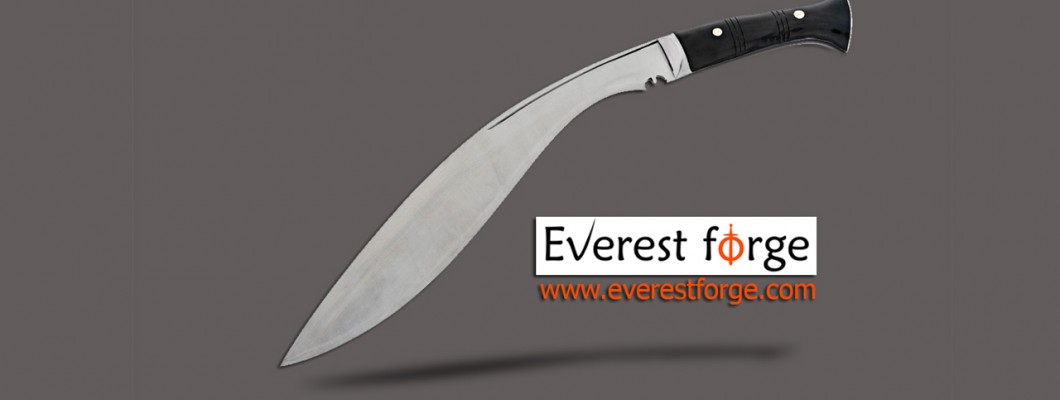
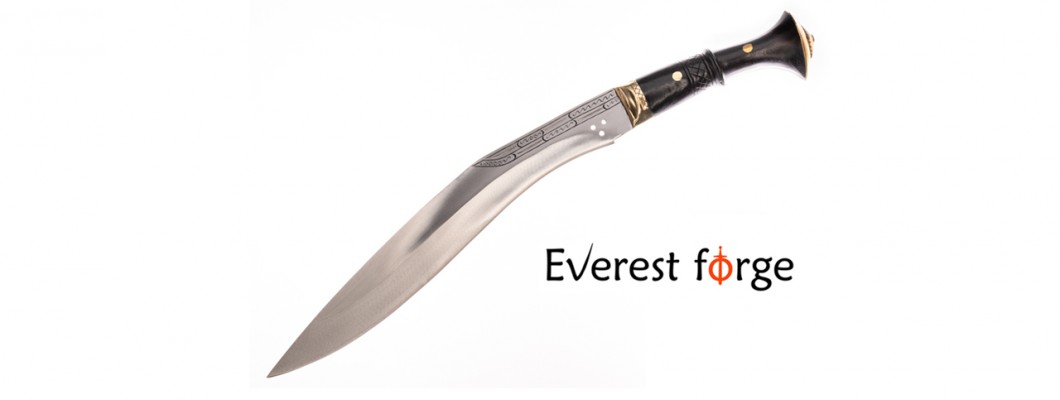
Leave a Comment